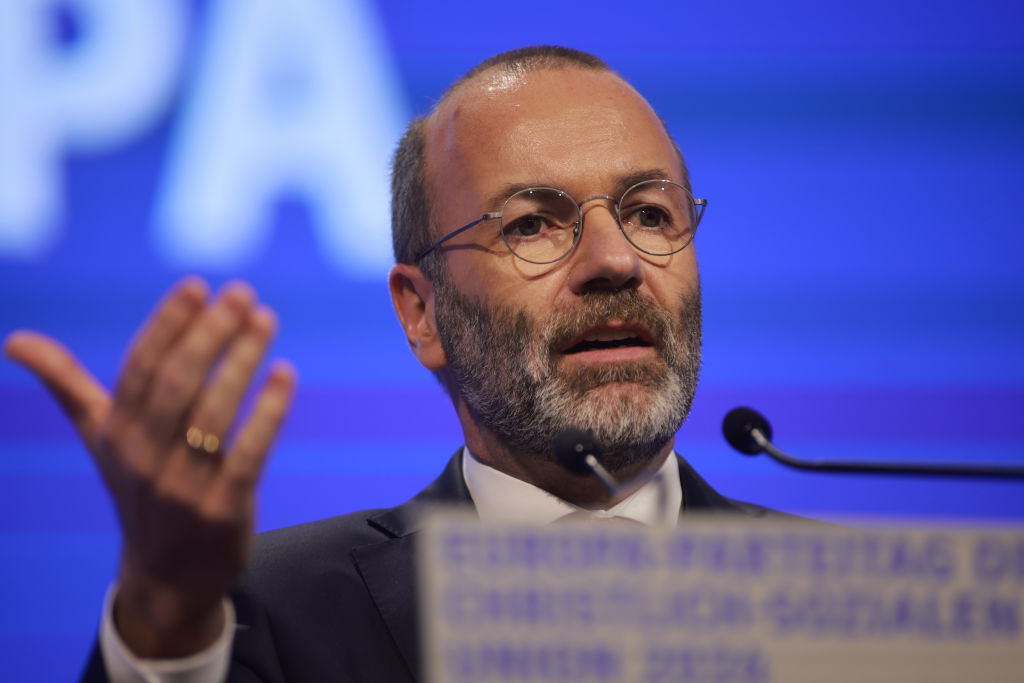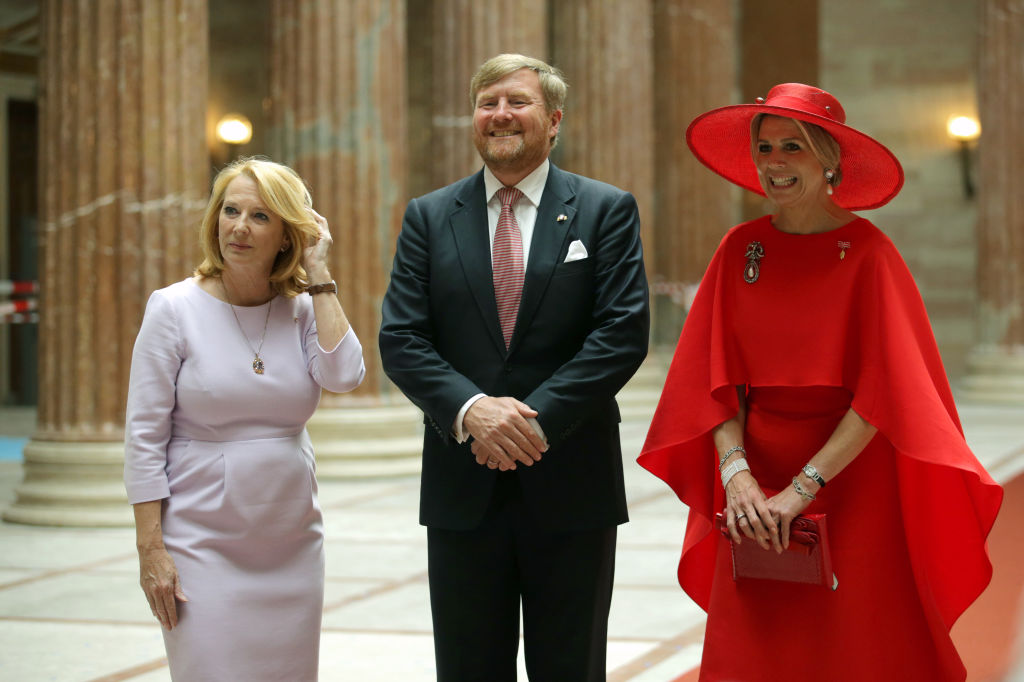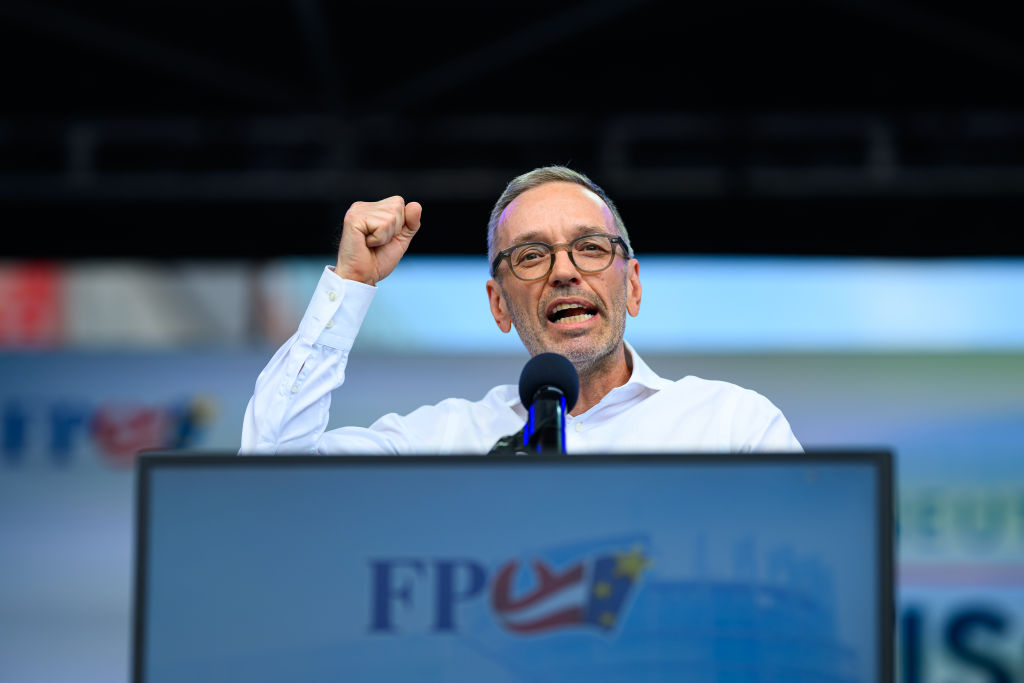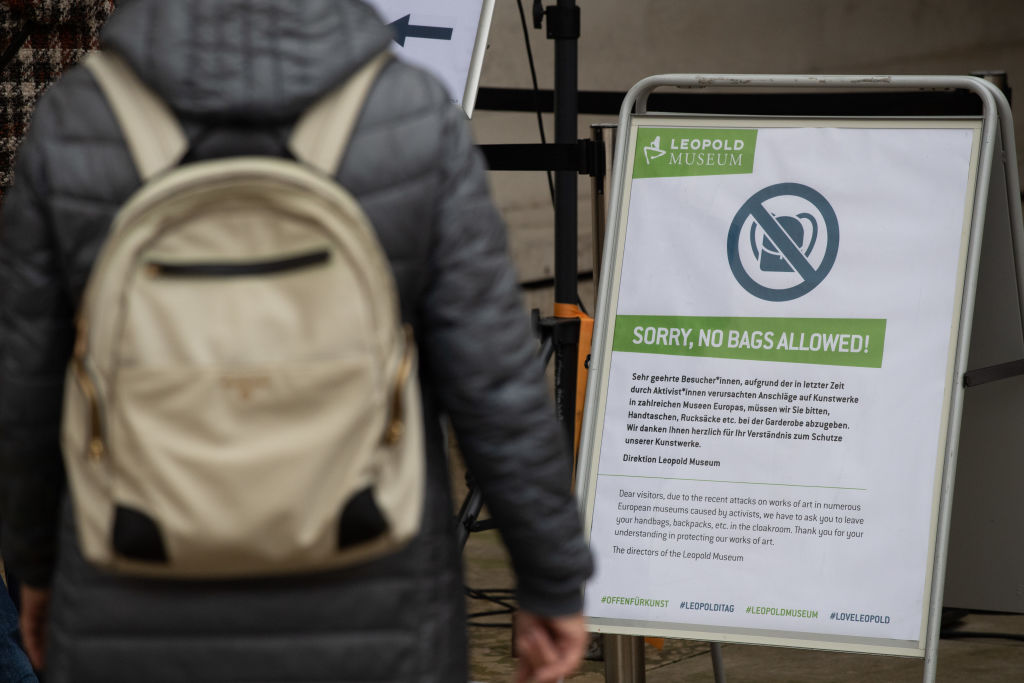Austria’s hard-right Freedom Party (FPÖ) has extended its polling lead ahead of the September 29 vote though a power sharing deal with the country’s Conservatives looks unlikely.
The first large-sample survey after the summer break, a poll by Unique Research for the magazine Profil, has the FPÖ in first place with 28 per cent of the vote, up one per cent compared to previous surveys.
The Conservative People’s Party (ÖVP) is polling at 24 per cent, and the Social Democrats (SPÖ) 20 per cent. Given that no party looks likely to have a majority in parliament on its own, two or three will have to enter a coalition to form Austria’s next government.
Based on the forecast results, one possible two-party coalition would be an alliance between FPÖ and ÖVP. The two shared power in coalition governments from 2000 to 2006 and from 2017 to 2019.
The programmes of both parties overlap in many ways. They want to curtail illegal immigration to Austria, promise lower taxes and plan to be generous towards the millions of pensioners in the country, a significant voting bloc.
There are also key differences, such as the FPÖ’s pro-Russian stance and its opposition to the European missile defence co-operation Sky Shield.
In the past months several high-level ÖVP politicians have ruled out a coalition with the FPÖ under its current leader, Hermann Kickl. Kickl, who was interior minister from 2017 to 2019, took over the FPÖ in 2021 and oversaw a period of election successes, largely at the expense of the ÖVP.
The Conservatives have accused him of being a “right-wing extremist” and repeatedly said they would only enter a coalition with the FPÖ if Kickl stepped down.
On September 3, Karl Nehammer, the ÖVP’s lead candidate and current Chancellor of Austria, said he would not hold coalition talks with the FPÖ under Kickl whom, he said, had “turned his back on political responsibility” and become a “theoretician of fear”.
As all other parties have also publicly excluded any co-operation with the FPÖ, the only alternative for a parliamentary majority is a three-way coalition between the ÖVP, SPÖ and either the Greens or the left-leaning Liberal Neos party, both of which are expected to receive around 9 per cent of the vote.
The ideological differences between ÖVP and both SPÖ and the Greens appear significant as the latter two have moved further towards the hard-left.
Still, the ÖVP has shared power with the much smaller Greens party for the past five years. In that time the Conservatives have proven accommodating to leftist demands such as the introduction of a CO2 tax and costly energy subsidies for households.
The government has also been lenient over asylum migration and foreign criminals, even though the ÖVP is now presenting itself as tough on migration.
Many wonder which coalition is more realistic. Peter Filzmaier, a political scientist and consultant, said a coalition between the ÖVP and FPÖ is to be expected if the ÖVP did come in first as, in that case, the FPÖ would not insist on Kickl.
But if the FPÖ was to secure a win as big as surveys suggest, Kickl would be “untouchable”, Filzmaier said.





